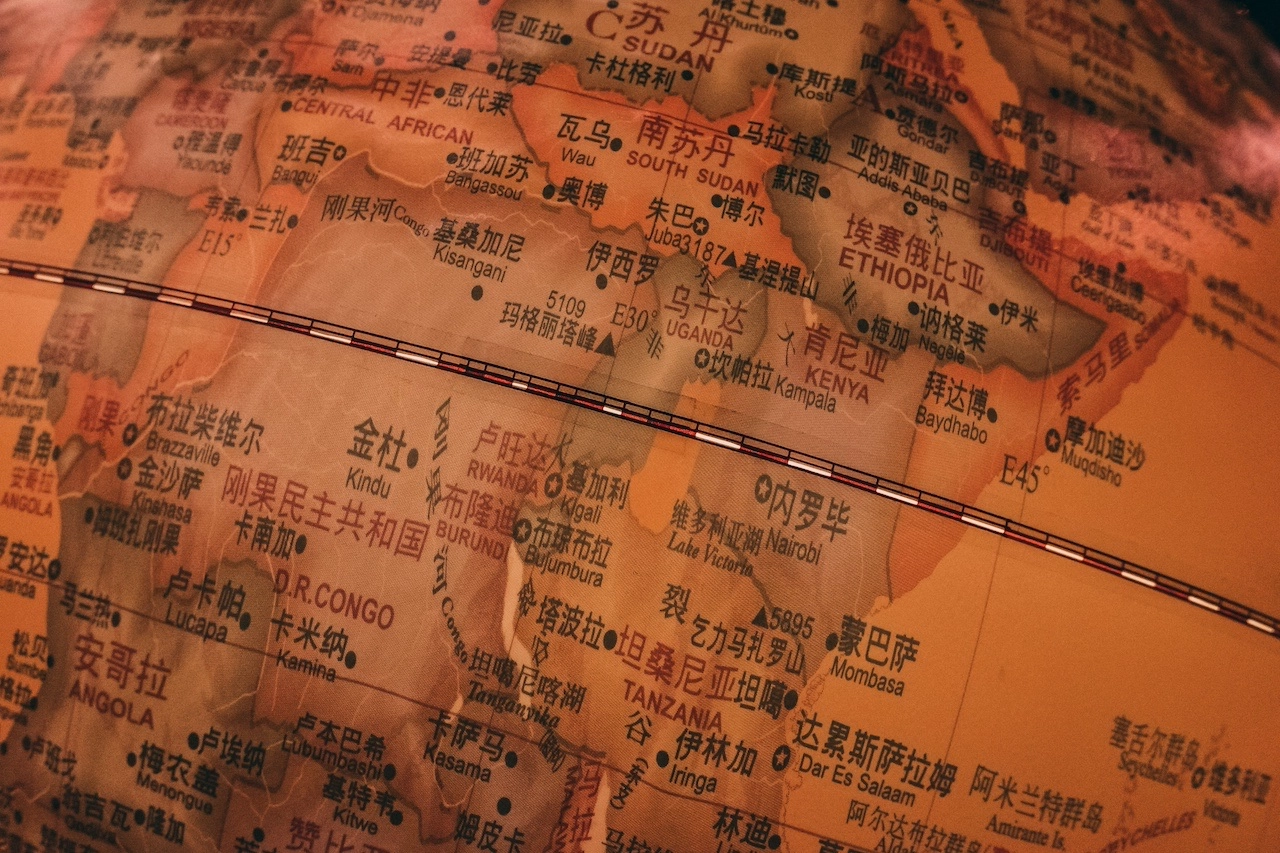
Maps, with their intricate lines and vibrant colors, have long held a captivating allure, serving as guides to the physical world around us. But their power extends far beyond mere navigation; they are also windows to the past, offering glimpses into bygone eras and the civilizations that shaped them.
Historical maps, like timeworn tapestries, weave together geographical details and historical narratives, revealing the ever-changing contours of the world and the rise and fall of empires. They are invaluable tools for understanding the past, allowing us to trace the footsteps of explorers, visualize the boundaries of ancient kingdoms, and comprehend the geographical context of historical events.
Imagine embarking on a journey through time, guided by these cartographic chronicles. From the sprawling empires of antiquity to the sacred sites of biblical narratives, historical maps transport us to distant eras, immersing us in the world of the past.
Through the lens of these maps, we can follow the expansion of the Roman Empire, witnessing the construction of its vast network of roads, cities, and fortifications. We can trace the routes of ancient Silk Road caravans, traversing deserts and mountains as they linked East and West. And we can chart the voyages of intrepid explorers, charting new lands and expanding the horizons of human knowledge.
Historical maps are not merely passive records of the past; they are active tools for storytelling. They provide a visual framework for historical narratives, allowing us to better understand the spatial context of events and the relationships between different regions and cultures.
Consider the biblical map of the Holy Land, depicting the places where Jesus walked and the events that unfolded during his ministry. By visualizing the geographical landscape, we can gain a deeper appreciation of the biblical narrative, connecting the stories to specific locations and landmarks.
Historical maps also serve as a testament to the ingenuity and artistry of mapmakers throughout the ages. From the detailed hand-drawn maps of the Renaissance to the meticulously crafted atlases of the Enlightenment, these works showcase the evolution of cartography and the dedication of those who sought to capture the world on paper.
In today's digital age, historical maps continue to hold a vital role in our understanding of the past. They are digitized and archived, making them accessible to researchers, educators, and the general public alike. Through interactive online maps and virtual reality experiences, we can explore these maps in unprecedented ways, immersing ourselves in the world they depict.
As we navigate the complexities of the present, historical maps remind us of the enduring power of geography and the interconnectedness of human history. They serve as a reminder that the past is not a distant abstraction but a living tapestry woven into the fabric of our present. By studying historical maps, we gain a deeper appreciation for the world we inhabit and the civilizations that came before us.
Related Posts
Benefits of Hiring a Certified Arborist in Salem, Oregon
Trees are a vital part of the landscape in Salem, Oregon, offering shade, beauty...
Read More
Creating Comfortable Worship Spaces with Church Chairs
A well-designed worship space is a cornerstone of any church, providing a welcom...
Read More
Mapping the Future: Envisioning the World with Cartography’s Guidance
Maps have long served as indispensable tools for navigating the world, providing...
Read More
Preserving the Past: Restoring and Digitizing Historical Maps
Across centuries, maps have served as invaluable tools for navigation, explorati...
Read More



